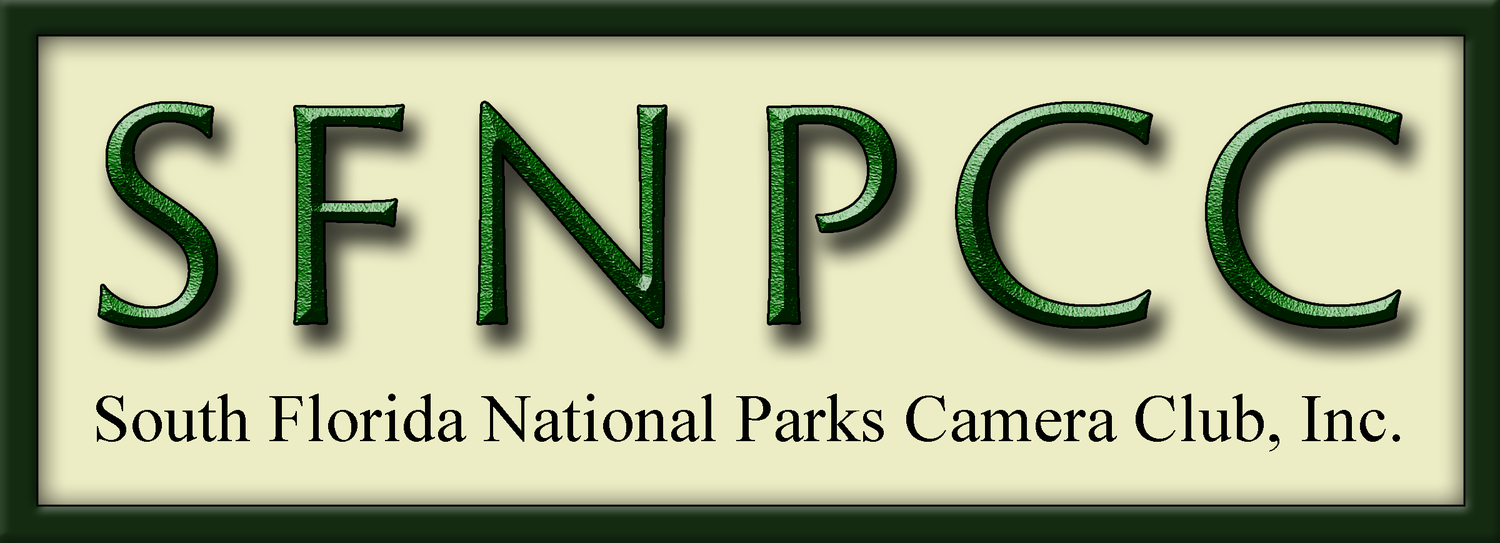Remember folks, photographing a meteor is like photographing lightning. If you try to capture it after you see it, you’ll never capture it. Photographing for meteors requires planning, specific camera setup, and patience! You need to be set up so your camera can capture the meteors as they happen, not after they happen.
From Space . com “The Perseid meteor shower (also known as the Perseids) is active every year from mid-July to late August. The next Perseids shooting star display will peak around the night of Aug. 12 and before dawn on Aug. 13, 2024. Though the moon will be 50% illuminated at the time of the Perseids' peak, it will set around midnight, so there will be dark skies until dawn — perfect for meteor hunting!” See more at space.com
Unfortunately, the Perseids peak is the early morning hour of Aug. 12th, which doesn’t fall on a weekend. So we’ll make due with a couple of days before the peak. But that could work in our favor as the moon will only be 35% illuminated (as opposed to 50% on the 12th) and will set around 11:30pm. In theory, this will give us a bit of light for our landscape while looking for meteors.
What to bring!
Camera gear: camera, wide angle lens with wide aperture (low numbered F-stop), sturdy tripod, remote shutter release cable (or similar).
Extras: chair to relax in while shooting, water, coffee, snacks, etc.
BUG SPRAY, THERMACELLS, BUG JACKETS, BRING YOUR ENTIRE BUG REPELLENT ARSENAL!
We’ll meet up at Ernest Coe parking lot, leaving no later than 6:30pm and caravan to our location. On arrival, we’ll set up and get ready for the show!
Be sure your car is fully gassed up as we may go all the way down near Flamingo.
Hope to see you there!

